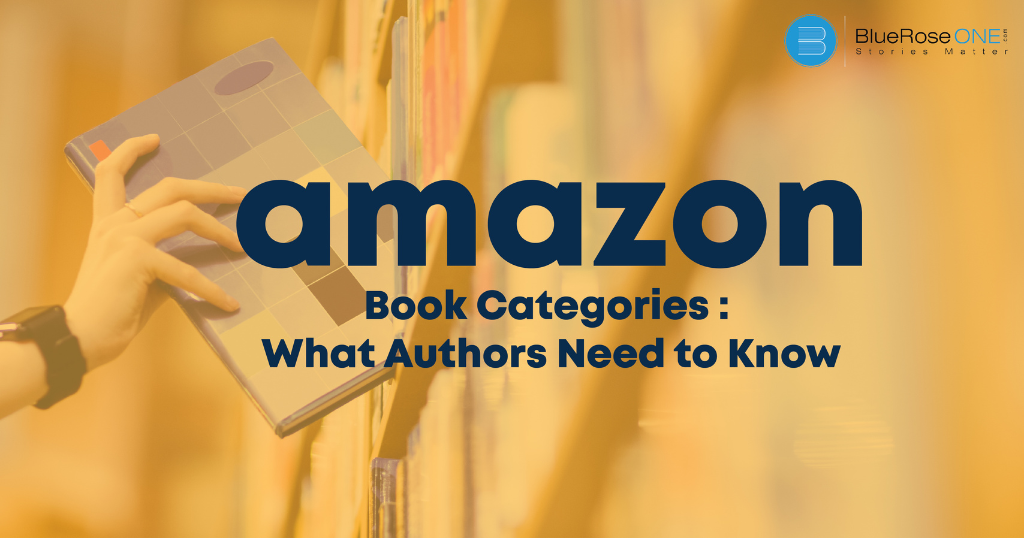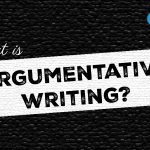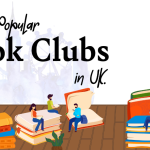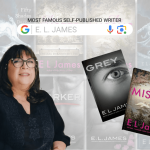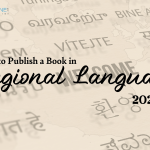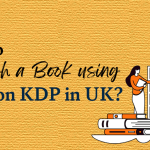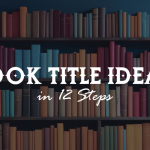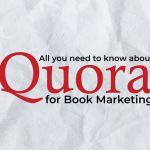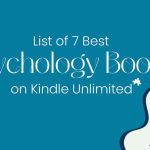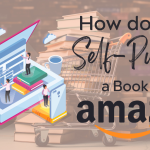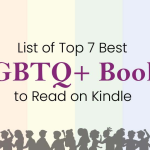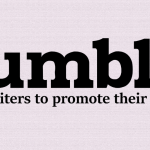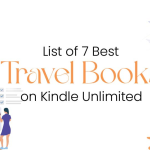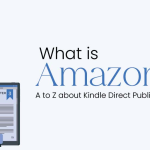What are book categories?
Writers are frequently baffled by the underlying notion and purpose of book categories and genres, as well as the need of paying close attention to these characteristics in the domains of publishing and bookselling. The near-interchangeable usage of the terms ‘category’ and ‘genre,’ as well as their tendency to overlap when characterising a work, may increase the misunderstanding. In a larger sense, the term ‘category’ refers to basic features of a book’s content and intended audience, and might refer to fiction, nonfiction, children’s literature, or YA publications. On the other hand, ‘genre’ is a sub-category that provides more specific insights into the substance of a book, with examples being science fiction, crime, history, memoir, and the like. Clearing the veil around these distinctions is critical for authors navigating the literary landscape’s intricacies.
You may also like: Top 10 Hugo Award Winning Novels You Must Read
What is the difference between Genre, Category, and Trope?
The contrasts between genre, category, and trope play critical yet linked functions in the enormous range of literature. Categories, which serve as broad categories such as fiction or nonfiction, are critical in book organisation and marketing. A trope is an aspect that propels the tale ahead, but a genre characterises a certain sort of fiction. Despite the fact that genre distinctions are frequently rigorous, with a fantasy mystery discernible from a historical romance, tropes give a more flexible framework. Tropes describe central features shared by several tales throughout genres, allowing for a wide range of implementations. This communal understanding of genre, category, and trope serves as a framework for authors and readers to connect with and comprehend the rich tapestry of literary expression.
For instance, Twisted Lies by Ana Huang is a romance fiction book (genre-category) which tells the story of a grumpy CEO and a sunshine Fashion Influencer (trope).
Now after understanding what is the difference, we will move to Amazon Categories and how they help an author flourish and become an Amazon Bestselling author.
Amazon book categories serve as the digital equivalent of physical bookstore genres, providing a methodical approach to classifying and showcasing books in a broad online marketplace. Amazon’s categories, similar to how genres assist in classifying books in a physical shop, serve the objective of promoting discoverability and simplicity of browsing for readers. While traditional genres such as fantasy, horror, romance, and mystery are included, Amazon’s categories go far further, offering a comprehensive system for categorising books based on specific themes, subjects, or traits.
These categories are intended to appeal to a wide range of reader tastes, allowing publications to be properly positioned to reach their intended audience. Choosing the best category for your book is analogous to strategically placing it on a virtual shelf, increasing its exposure and discoverability. As the digital book market expands, Amazon’s comprehensive category system becomes useful in linking consumers with a diverse range of literary works, making online book buying both efficient and pleasurable.
You may also like: What is Plot Structure? Definition with Examples
How many Amazon Categories are currently there and which are the most popular ones?
There are more than 16,000 categories published on Amazon as of now in the Book section alone. Categories, similar to subgenres, play an important role in increasing Amazon sales. These categories, which act as both keywords and search phrases, are essential to the algorithm’s recommendation system, pointing users to comparable publications. Despite the difficulty of identifying top-selling genres, authors must engage in strategic investigation.
The Kindle Store categories include a wide range of genres, from Romance > Contemporary to Mystery, Thriller & Suspense > Mystery > Police Procedurals. We have mentioned top 10 here to help you understand the ranges you can fit your next or existing book in.
- Romance > Contemporary
- Literature & Fiction > Contemporary Fiction > Women
- Romance > New Adult & College
- Literature & Fiction > Genre Fiction > Coming of Age
- Romance > Mystery & Suspense > Suspense
- Science Fiction & Fantasy > Fantasy > Paranormal & Urban
- Literature & Fiction > Women > Mystery, Thriller & Suspense > Women Sleuths
- Science Fiction & Fantasy > Fantasy > Epic
- Romance > Paranormal > Werewolves & Shifters
- Mystery, Thriller & Suspense > Mystery > Police Procedurals
This variation highlights the need for writers to deliberately navigate various digital niches, matching their book topics with the most relevant and profitable categories for best exposure and discoverability in the competitive Amazon marketplace.
You may also like: List of Nobel Prize Winners in India (Updated)
The genres that are rocking the Amazon Book Market place are:
- NonFiction
- Memoir & Autobiography
- Biography
- Art & Photography
- Self-Help/Personal Development
- Motivational/Inspirational
- Health & Fitness
- History
- Families & Relationships
- Business & Money
- Law & Criminology
- Politics & Social Sciences
- Religion & Spirituality
- Education & Teaching
- Travel
- True Crime
Fiction
- Fantasy
- Science Fiction
- Dystopian
- Adventure
- Romance
- Detective & Mystery
- Horror
- Thriller
- LGBTQ+
- Historical Fiction
- Young Adult (YA)
- Children’s Fiction
You may also read: How to Publish a Book? | Publish Your Book | BlueRoseOne
How do the categories impact the visibility of your book?
Discoverability is a critical component in the broad landscape of online book sales, and the strategic positioning of books inside Amazon’s categories has a huge influence on this exposure. A book has a better chance of appearing prominently in relevant searches if it is included in certain categories that properly match its genre or topic. For example, if a suspenseful mystery novel is suitably classified as “Romance > Mystery & Suspense > Suspense,” it is more likely to pique the interest of people looking for just that type of fascinating material.
The influence on discoverability is not limited to search results. A high position in a well-chosen category causes a domino effect. As the book becomes more visible, more potential readers are exposed to it, resulting in greater sales. Furthermore, the improved sales performance helps the book qualify for Amazon’s bestseller lists, where increased visibility can catapult it to even greater notoriety. In simple terms, careful category selection serves as a catalyst, impacting not only search rankings but also setting off a chain reaction that increases a book’s overall discoverability and potential success on the platform.
You may also like: How to Write a Book Description That Grabs Readers
How do you optimise sales through strategic category selection?
To fully realise the potential of Amazon’s Kindle Store categories and boost sales, writers must go beyond just noting their popularity and enter the world of strategic category selection. It’s not just a matter of picking any category; it’s about connecting the book’s concept with the most relevant and profitable ones. For example, if an author has created a contemporary romance novel, categorising it as Romance > Contemporary might be a wise decision. This tailored placement increases the visibility of the book within a relevant reading population, boosting the probability of discovery.
Strategic category selection is the skill of transforming these categories into effective marketing tools. By categorising a book, authors may reach out to a pre-existing audience interested in related topics. This not only improves sales but also allows for more effective audience involvement. Authors may carefully place their work by learning the subtleties of each category and choosing the ones that best capture the spirit of their book, ensuring it stands out in a sea of digital goods.
Read: Learn How to Write and Publish a Leadership Book in 2024: A Comprehensive Guide.
Following that, grasping the complexities of book classifications, genres, and tropes is critical for authors navigating the complicated world of publishing and bookselling. The contrast between category and genre serves as a framework for organising and marketing works, whilst tropes serve as a flexible factor driving story development across genres.
Mastering the art of book categories on platforms like Amazon elevates them from simple classifiers to dynamic tools for writers to strategically place their work. As the digital book industry grows, the importance of careful category selection cannot be stressed. It is essential for sticking out in a crowded field and raising your chances of becoming an Amazon bestselling author.
Publish your book with BlueRoseONE and become a bestselling author. Don’t let your dream of becoming an author fade away, grab the opportunity now and publish your book – be it fiction, non fiction, poetry or more.
You may also like: Top 10 ELF Name Generators for Fantasy Writers

